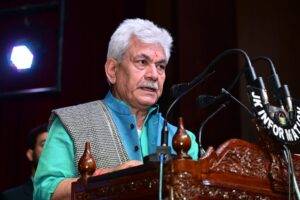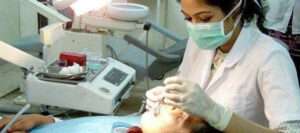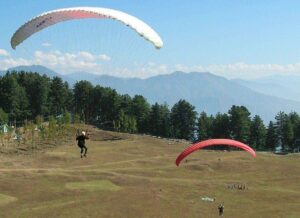Last Updated on April 24, 2020 at 9:19 am
In the wake of rising cases of Coronavirus across the country, question are being raised whether the annual practice of Darbar move (shifting of offices) will take place from Jammu to Srinagar in the last week of April this year?
Every year this hectic shifting of offices in summers from Jammu to Srinagar costs million of Rupees to the state exchequer. The offices close in Jammu in the last week of April during their shifting to Srinagar. The practice is repeated in October when the offices are shifted back to Jammu from Srinagar.
Annual Darbar Move was started by the then ruler of the state Maharaja Ranbir Singh in year 1872.
All the files and other documents that are supposed to be shifted are put in large boxes and loaded in trucks before being shifted, a practice that has many times in the past come under heavy criticism in wake of ‘wastage of money’.
However this year due to rising cases of Coronavirus in J&K and specifically Kashmir division, there are fears among the government employees to shift to valley for a period of six months. They are questioning as to how the offices will be shifted as the government is pressing on social distancing.
Hundreds of labourers are also pressed into service to load the files and documents in trucks that undertake a day long journey to reach Srinagar. Labour is also required at the Srinagar secretariat to unload the boxes of files.
While the practice was started by Maharaja Ranbir Singh to escape the intense heat of Jammu and severe winters in Srinagar during respective seasons, the elected governments continued it.
Questions are also being raised as to whether Darbar Move will be wise during this time when the government is focusing on diagnosis, quarantine and treatment of Coronavirus. The government at present is struggling to save funds as a result it has suspended the MPLAD funds till 2022. Salaries of MPs have also been reduced by 30 percent for a period of one year.



